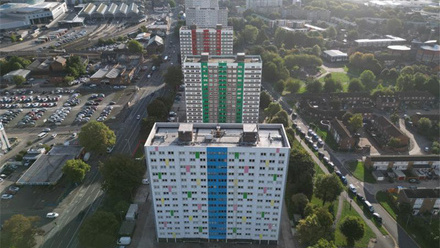Building Safety Regulator chief retires after two years in post
A veteran regulator at the Health and Safety Executive (HSE), Baker was appointed to lead and establish the Building Safety Regulator (BSR) in early 2021 following Dame Judith Hackitt's Building a Safer Future report recommendations.
Baker welcomed the appointment at the time as an "opportunity to play a lead role in bringing about the biggest change in building safety for a generation".
Baker has held a number of senior operational roles at HSE, dealing with a range of industry sectors, including construction, major hazard industries and local authorities.
He led HSE's reform and delivery of the regulatory regime for chemical and downstream oil industries and was appointed HSE's chief inspector of construction in 2015. From 2017, Baker led HSE's involvement in the Government's Building Safety programme, following the Grenfell Tower tragedy.
A spokesperson for HSE confirmed that Baker's retirement will not have an impact on the BSR's future: "The processes and plans for the launch of the new regulator role are all in place and underway.
"The Building Safety Regulator continues to work closely with government and industry, and we expect the regime to be fully operational by April 2024."
Philip White, HSE’s current director of regulation and former head of construction division, will take over Baker’s role on an interim basis, pending recruitment of the next chief inspector of buildings.
White joined HSE as a trainee inspector in 1985 and has experience of regulating a broad range of industries. As director of regulations in HSE, he has played a leading policy role in setting up the BSR over the last three years.
White said: “I am looking forward to the challenge of leading the regulatory programme for building safety, at a time when stability will be key to the delivery of our new operational services, until an open competition for the permanent position is held.”
This article originally appeared on Construction Manager





